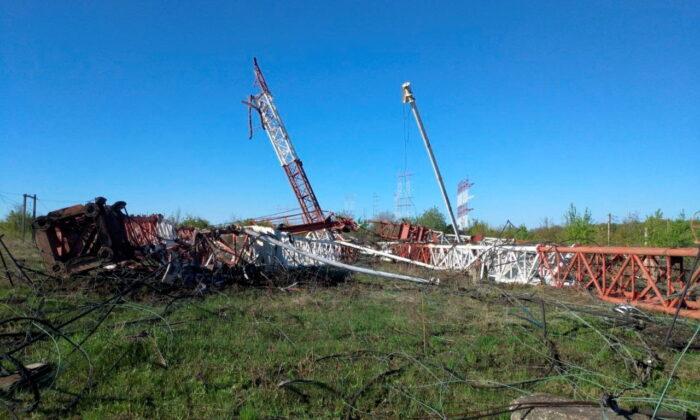The U.S. Air Force (USAF) is working on harvesting solar energy in space and beaming it back to Earth to address the energy demands of its military personnel deployed at remote bases.
The project, named the Space Solar Power Incremental Demonstrations and Research Project (SSPIDR), will allow solar energy to be harvested and beamed back to the Earth through an outpost, regardless of the latitude, longitude, climate, time, and other factors.
An Arachne satellite would be used to collect and convert solar energy to radio frequency, which would then be beamed to a receiving station on Earth. The receiving antenna, called a rectifying antenna or “rectenna,” would convert the radio frequency into usable power for the end user.
That power could be used to fuel power generators at remote bases and weapons. AFRL’s main mission, it says, is to develop and mature technologies to “benefit the warfighter.”
“Ensuring that a forward-operating base maintains reliable power is one of the most dangerous parts of military ground operations. Convoys and supply lines are a major target for adversaries,” the narrator of the AFRL video states.
Eliminating the need for such supply lines could “save countless lives,” according to the USAF.
AFRL on its website also claims that there is a “high possibility” that this technology could be a highly valued asset in the commercial sector as well.
“Much like the Global Positioning System, which started out as a military asset and transitioned to a technology now used by people everywhere, this solar power beaming system could transition to broader usage, providing solar energy regardless of weather, time of day, or latitude,” it says.
“The technology has reached a point where we believe we can do it,” Felt said. “We’re in the final maturation phase for the key technologies, and we’ve got a road map for it. ... We’ve laid out the whole program, and we’re now on a path to build a two-meter solar system for launch on a satellite in 2023 to prove the technology.”





